The Wow Parade
The latest show at The Met’s Costume Institute struts the extraordinary collection of Detroit-born Sandy Schreier
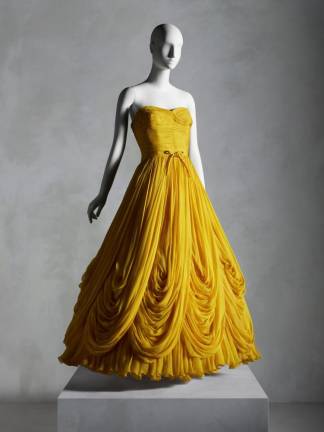
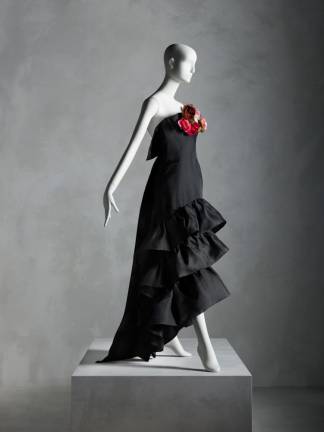
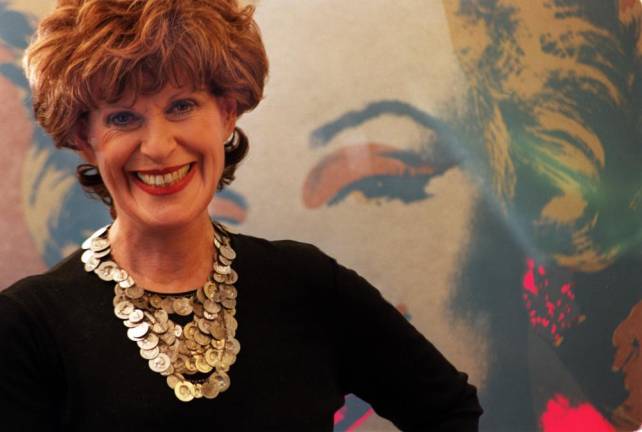
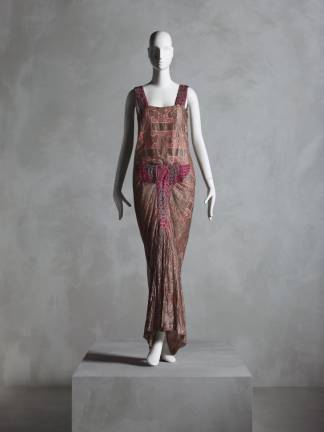
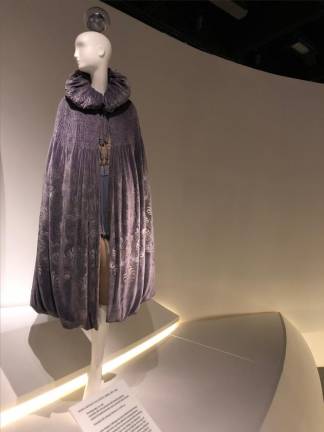
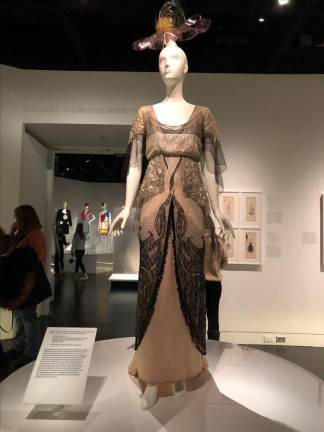
Sandy Schreier, who is coy about her age, has been collecting clothes since she was a child. She would frequently tag along to work with her father, a furrier at Russek’s, an upscale department store with a Detroit branch that catered to the exclusive tastes of the wives of the automobile elite. The young Schreier would read copies of Vogue and Harper’s Bazaar in the dressing rooms, and so impressed the clientele with her love of the finer things that they would give her their cast-offs for dress-up.
But the youngster had no interest in dressing up. She even refused her mother’s entreaties to dip into her stash at Halloween. In fact, Schreier has never worn the clothing she amassed in the years since, clothing that has become one of the most important private collections of 20th century fashion—couture and ready-to-wear—in the country, maybe the world.
Some 80 items from that collection are now on exhibit at The Costume Institute, almost half of the 165 gifts that style-maven Schreier has promised to the institution in honor of The Met’s 150th anniversary in 2020.
Today, museums have well-established fashion collections, but individual collectors are still relatively scarce, owing to the “challenges of preservation and display posed by the medium,” the organizers of the exhibit, “In Pursuit of Fashion: The Sandy Schreier Collection,” state.
"The Fashion Savior"
Schreier had an early, instinctive appreciation for beauty, and later for fashion as art and a reflection of the zeitgeist. She has spent more than 50 years on her passion. As The Met’s Associate Curator Jessica Regan writes in the catalog, “In addition to her own personal enjoyment and appreciation for these pieces, Schreier ultimately became motivated by a desire to preserve them. ‘I feel like I am the fashion savior,’ Schreier said. ‘Without me, the objects in my collection would have been thrown out.’”
Regan, who collaborated with Andrew Bolton, the Wendy Yu Curator in Charge, and Assistant Curator Mellissa Huber, added in an interview: “In the very early years when she first began doing this, others discouraged the idea of collecting ‘old clothes.’ But she really had this vision that these were artworks, that they were worthy of preserving.”
Many of the roughly 15,000 outfits, accessories and fashion illustrations in Schreier's collection were gifts, many were acquired at estate sales and at auction, and many were just random discoveries. Regan told us that Schreier once was fishing through a basket in an antiques store and found a paper fan at the bottom, which she purchased for 25 cents. It turned out the fan was a 1919 promotional item for fragrances by the legendary couturier Paul Poiret, “printed with an illustration by the artist Georges Lepape ... She has described it as her most exhibited piece. It is in this exhibition, and it was in our Department’s Poiret exhibit in 2007.”
Lagerfeld, Chanel, Dior and More
A fashion lecturer and author of two books on Hollywood style, Schreier had an early infatuation with the glam costumes of Golden Age cinema, a key inspiration, along with the depiction of fabrics in paintings at the Detroit Institute of Arts.
At a recent drop-by to the show, we heard audible “wows” as visitors approached the haute ensembles and exquisitely crafted hats in the galleries. The big names are here—Gabrielle (“Coco”) Chanel, Christian Dior, Gilbert Adrian, Cristóbal Balenciaga, Karl Lagerfeld, Yves Saint Laurent and Pierre Balmain—but also fashion houses and couturiers that are less familiar like Madeleine & Madeleine, Boué Soeurs, Maison Margaine-Lacroix, Ana de Pombo, Mariano Fortuny y Madrazo and Maria Monaci Gallenga.
Schreier collected broadly, though mid-century French and American design and early 20th century fashions, particularly French couture from the 1920s and 1930s, are well represented, along with an impressive array from Fortuny and Gallenga, both of whom worked in Italy in the early part of the last century.
Metallic Lace, Sheer Silks
Maison Margaine-Lacroix (active ca. 1889-1929) eschewed “extreme corsetry” to allow freer movement and display of a woman’s figure. One of the standouts here is Jeanne Victorine Margaine-Lacroix’s pink silk satin gown (ca. 1913), with metallic lace, silk net, black beading and iridescent sequins. It shows the move toward a more natural form and the “exceptional beading and lacework that is typical of the period and reflects the skill of this house,” Regan said.
Gallenga, known for exquisite fabrics that reference the past, created a lavender silk velvet cape (ca. 1925) that is printed with metallic pigment in a pattern adapted from a 14th century Italian textile. Said the curator: “It has this really wonderful glistening effect that imitates the appearance of brocaded velvets from the Renaissance period.”
The wow parade continues with Jean Dessès’s evening gown from 1953-54 in yellow silk chiffon. This designer was known for working with very fine, sheer silks and creating gorgeous pleats and swags of drapery. The piece, Regan explains, “has a silhouette that looks back to the 19th century, to the era of the founding of haute couture. He ties it back to this great French lineage of skilled workmanship.”
Sandy Schreier saved the clothes, and her efforts greatly enhance our understanding and experience of 20th century fashion. Hat tip to the woman who found these extraordinary garments “and held on to them and cared for them so beautifully for all these years.”
IF YOU GO
What: In Pursuit of Fashion: The Sandy Schreier Collection
Where: The Costume Institute at The Met, 1000 Fifth Ave
When: Through May 17